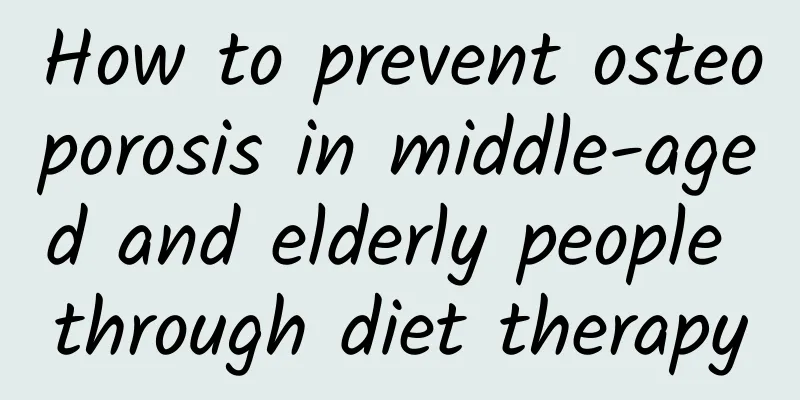Symptoms of chronic adnexitis

|
Chronic adnexitis is a common problem that affects women's reproductive health. It usually manifests clinically as varying degrees of abdominal distension and recurrent symptoms of chronic inflammation. Therefore, scientific methods should be emphasized in treatment. Some antibiotics or physical therapy can be used. 1. Clinical manifestations 1. Chronic adnexitis causes abdominal pain of varying degrees. Chronic inflammation recurs over time, causing pelvic congestion, connective tissue fibrosis, and adhesion of pelvic organs. Patients experience symptoms such as lower abdominal distension, pain, and lumbar pain, which may be mild or severe, accompanied by increased vaginal discharge, low back pain, menstrual disorders, etc., and often worsen during menstruation or after fatigue. During gynecological examination, there is tenderness in the adnexal area on both sides or one side, a feeling of thickening, or a tender mass, and the white blood cell count is increased or normal. 2. Some symptoms of adnexitis are not obvious. Since the fallopian tubes and ovaries are adjacent to each other, it is difficult to distinguish them when inflammation occurs. In particular, chronic inflammation of the fallopian tubes can lead to fibrosis, thickening and blockage of the fallopian tubes, and may also cause adhesions with surrounding tissues. If both ends of the fallopian tubes are blocked, hydrosalpinx may form, and the accumulated water may penetrate into the ovaries that are adhered together, forming fallopian tube-ovarian cysts. This is the main cause of post-marital infertility or ectopic pregnancy. II. Treatment 1. Supportive treatment Increase nutritional intake and engage in appropriate physical exercise to improve the body's resistance and enhance the ability to resist disease. 2. Medication Some Chinese patent medicines can be used under the guidance of a doctor to help absorb chronic inflammation. 3. Physical therapy When drug treatment is not very effective, it can be combined with physical therapy, such as the use of laser, microwave, iontophoresis, etc. Physical therapy can promote local blood circulation, improve the nutritional status of human tissues, and enhance the body's metabolic capacity, thereby facilitating the absorption and disappearance of inflammation. It is important to note that after suffering from acute adnexitis, active and thorough treatment must be carried out to prevent the disease from prolonging and turning into chronic adnexitis. While actively treating acute and chronic adnexitis, lower genital tract infections should also be actively treated. |
>>: What should I do if the egg quality is poor?
Recommend
What is the difference between romaine lettuce and regular lettuce? How to wash lettuce without parasites
As we all know, if you want to be healthy, you mu...
Is it painful to have an abortion under local anesthesia?
As people's minds become more open, many youn...
If the preservative sodium dehydroacetate is added to bread, it becomes "poisonous bread" and will eating it damage the liver and kidneys?
gossip "Bread and other baked goods add the ...
Signs of pregnancy a few days before delivery
When it comes to the delivery period, every pregn...
Breasts feel a little sore
The breasts are the most sensitive and fragile pa...
Postoperative rehabilitation after meniscus injury
Meniscus injury is one of the most common forms o...
Why do some women have big breasts and some have small breasts?
Because people's physical fitness is differen...
What is betaine? What are the effects of betaine?
Betaine, also known as betaine, is a cardiac glyc...
How long does it take to be hospitalized for an ectopic pregnancy?
Pregnancy itself is a happy thing, but some peopl...
Why do I get rashes when I scratch my face after giving birth?
Postpartum itching and pimples on the body are mo...
What is the reason why my period has not come for a week?
Menstruation is a special state in the female bod...
How to treat bacterial vaginitis in late pregnancy
Many women have suffered from bacterial vaginitis...
If your child doesn't grow tall, an orthopedic doctor can help you.
This is the 3839th article of Da Yi Xiao Hu As an...
How to do pelvic floor muscle training?
Regarding the pelvic floor muscles, many female f...









